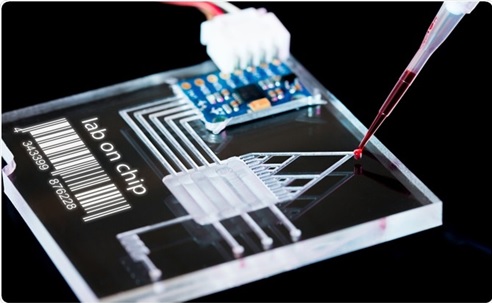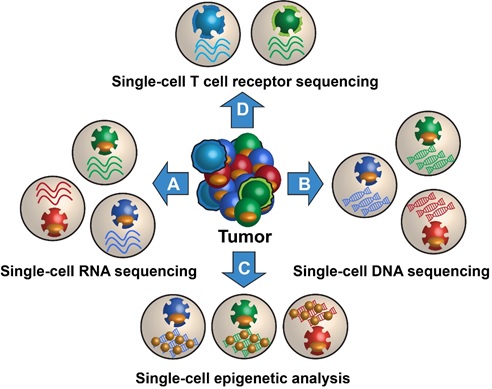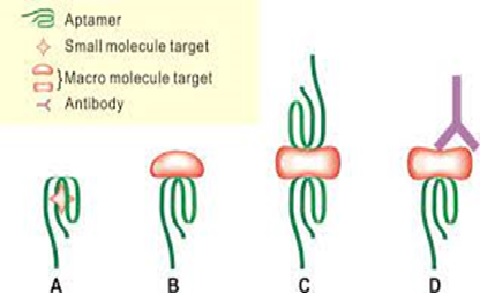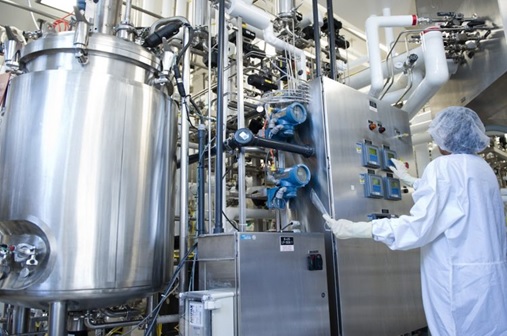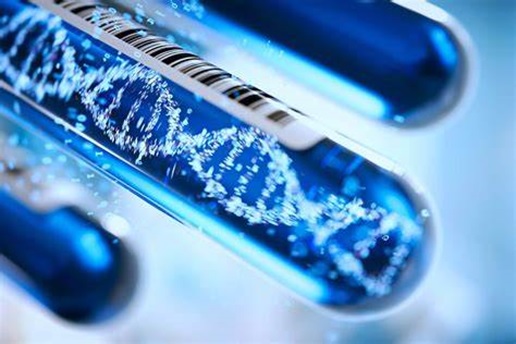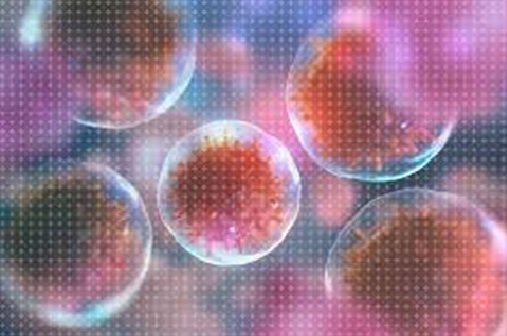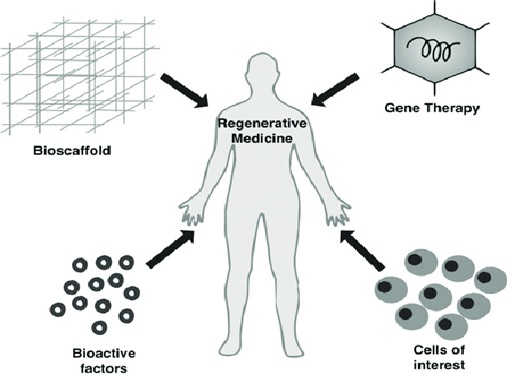Features of Therapeutic Cloning
Cloning designed as therapy for a disease. In therapeutic cloning, the nucleus of a cell, typically a skin cell, is inserted into a fertilized egg whose nucleus has been removed. The nucleated egg begins to divide repeatedly to form a blastocyst. Scientists then extract stem cells from the blastocyst and use them to grow [1] cells that are a perfect genetic match for the patient. The cells created via therapeutic cloning can then be transplanted into the patient to treat a disease from which the patient suffers. In contrast to the goal of therapeutic cloning, the goal of reproductive cloning is to create a new individual, an idea that has stirred great controversy and met with almost uniform disapproval figure1 shown below.

Figure1: Therapeutic cloning
The purposes of cloning:
Cloning of livestock is a means of replicating an existing favorable combination of traits, such as efficient growth and high milk production, without the genetic “lottery” and mixing that occur in sexual reproduction. It allows an animal with a particular genetic modification, such as the ability to produce a pharmaceutical in milk, to be replicated more rapidly than does natural matin. Moreover, a genetic modification can be made more easily in cultured cells than in an intact animal [2], and the modified cell nucleus can be transferred to an enucleated egg to make a clone of the required type. Mammals used in scientific experiments, such as mice, are cloned as part of research aimed at increasing our understanding of fundamental biological mechanisms.
In principle, those people who might wish to produce children through human reproductive cloning include:
- Infertile couples who wish to have a child that is genetically identical with one of them, or with another nucleus donor.
- Other individuals who wish to have a child that is genetically identical with them, or with another nucleus donor.
- Parents who have lost a child and wish to have another, genetically identical child.
- People who need a transplant (for example, of cord blood) to treat their own or their child's disease and who therefore wish to collect genetically identical tissue from a cloned fetus or newborn.
Possible reasons for undertaking human reproductive cloning have been analyzed according to their degree of justification. For example, in it is proposed that human reproductive cloning aimed at establishing a genetic link to a gametically infertile parent would be more justifiable than an attempt by a sexually fertile person aimed at choosing a specific genome.
Transplantable tissue may be available without the need for the birth of a child produced by cloning. For example, embryos produced by in vitro fertilization (IVF) can be typed for transplant suitability, and in the future stem cells produced by nuclear transplantation may allow the production of transplantable tissue.
The alternatives open to infertile individuals are discussed in.
Advantages
An increased supply of replacement organs and tissue for human recipients in case of illness or injury. Less dependence [3] on blood anti-rejection preventives drugs, thus leading to fully compatible organs without complications.
Disadvantages
Enraging almost all religious communities for "playing God," dealing with civil/human rights issues stemming from creating life only to use it, dealing with the hundreds of failed embryos that it usually takes to get one viable clone, the deterioration of genetic material in the clone which leads to health problems and faster than normal aging.
Benefits of Therapeutic Cloning
Therapeutic cloning is helpful in creating the replacement organs. Patients who are suffering from kidney disorders or other disorders like this. It is beneficial in giving people more years to enjoy their life. When the patient’s own body cells are used in therapeutic cloning, then the fear of organ or tissue rejection by immune system vanishes and doctors can easily replace the organs. In some countries where this technique has not yet been applied, patients wait for the required organ for many days and in this period their life also come in danger, if therapeutic cloning is applied, the watt for the right organ will come to a stop and patients will easily get the required organ.
References:
- https://www.medicinenet.com/therapeutic_cloning/definition.html
- https://www.ncbi.nlm.nih.gov/books/NBK223960
- https://www.biotechnologyforums.com/thread-60.html
Cite this article:
S. Nandhinidwaraka (2021) Features of Therapeutic Cloning, AnaTechMaz, pp. 23



